System Analysis of My Healthcare Application - [Course Name]
VerifiedAdded on 2020/05/16
|8
|918
|144
Project
AI Summary
This project provides a system analysis of a healthcare application, encompassing a stakeholder map, a questionnaire designed for medical officers, and a use case diagram with detailed descriptions. The stakeholder map identifies key stakeholders such as the project manager, sponsor, team, owner, national government, and patients, outlining their interests in the system. The questionnaire explores the perspectives of medical officers on essential features like sign-in functions, social media integration, system functionalities, notifications, advertisements, direct messaging, interaction frequency, communication effectiveness, and report uploading methods. The use case diagram illustrates functionalities such as patient test reports, patient history, sign-up, and login processes. Furthermore, the document includes a detailed use case component for uploading treatment results, outlining the scenario, event trigger, description, related use cases, actors, system stakeholders, primary and post conditions, flow of activities, and expected outcomes. A bibliography with relevant references is also included.
1 out of 8
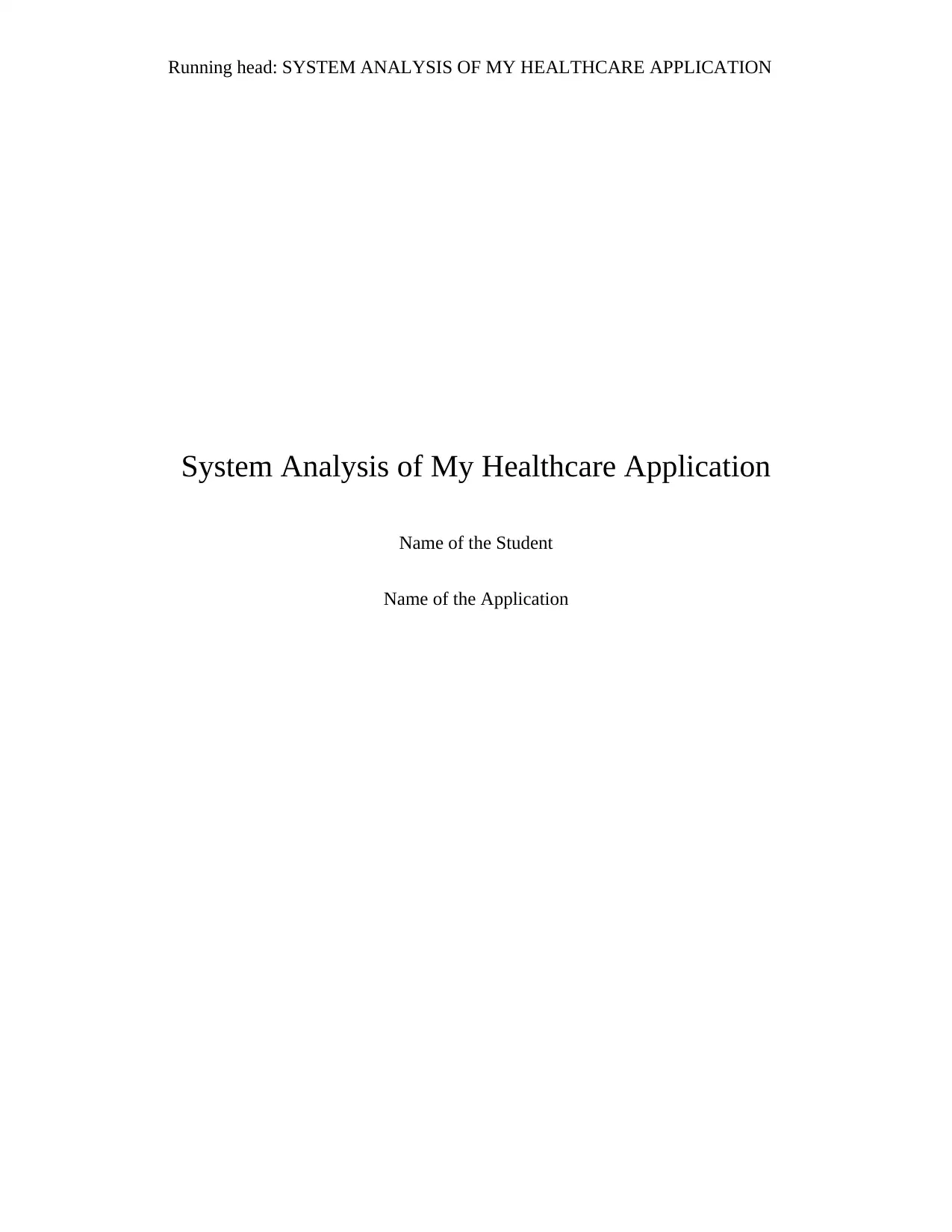
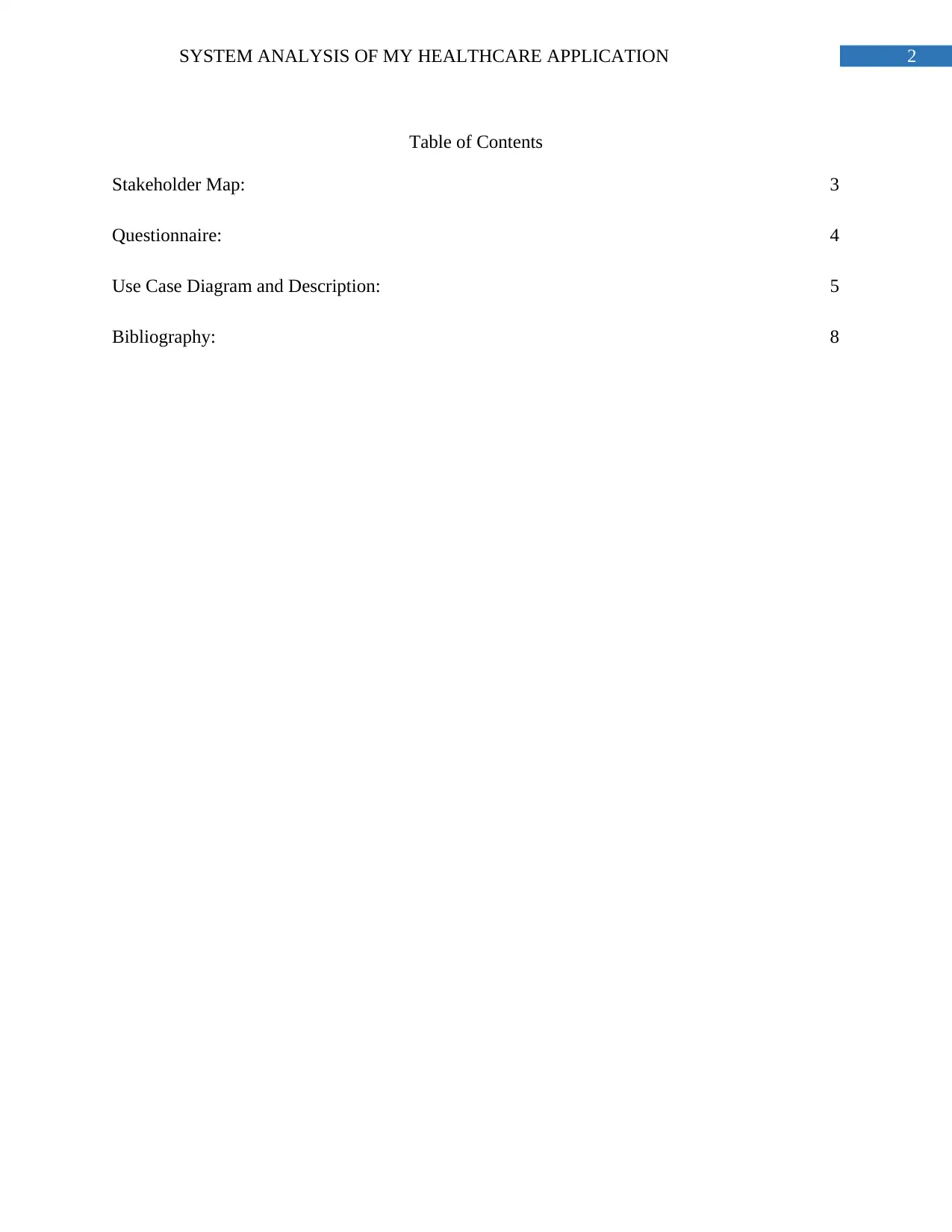
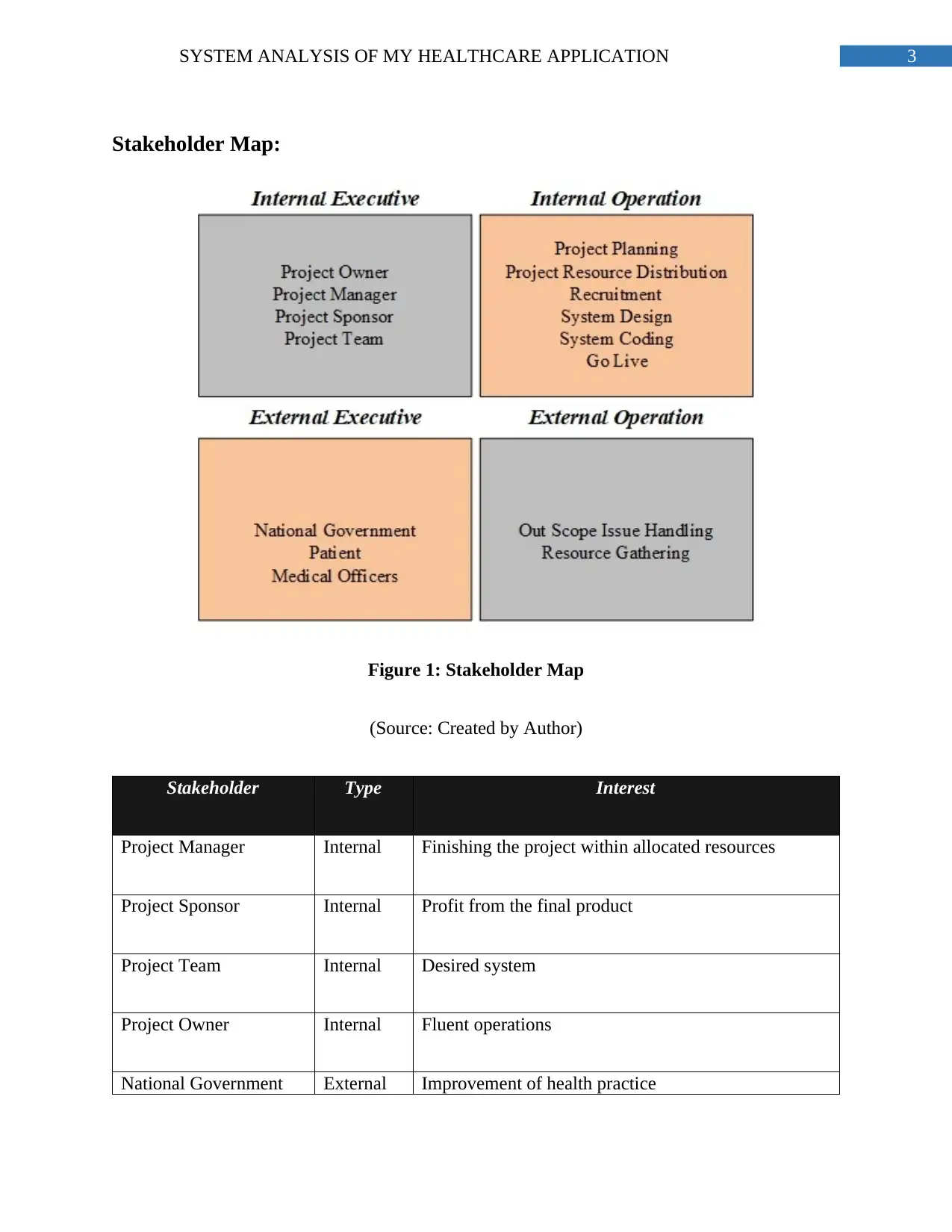

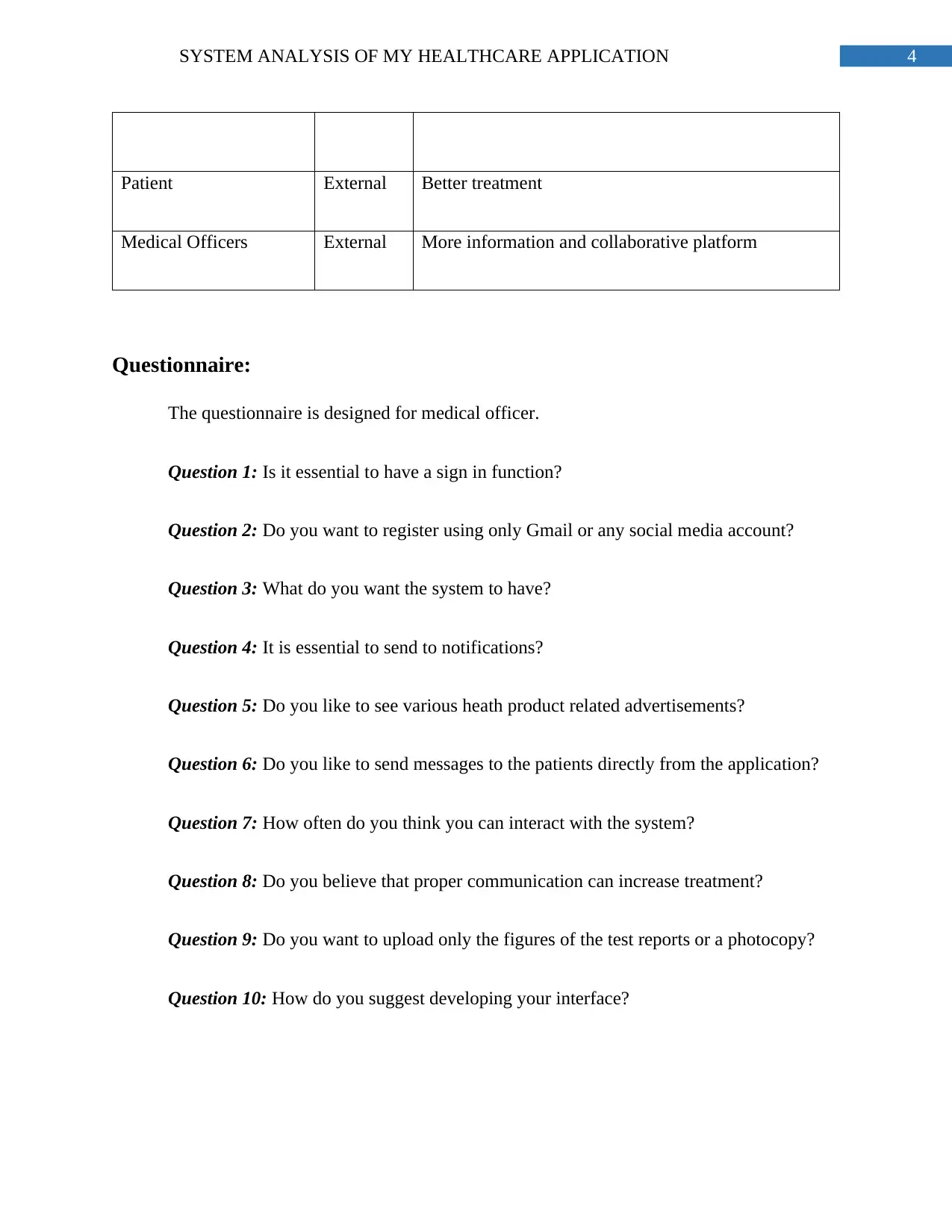
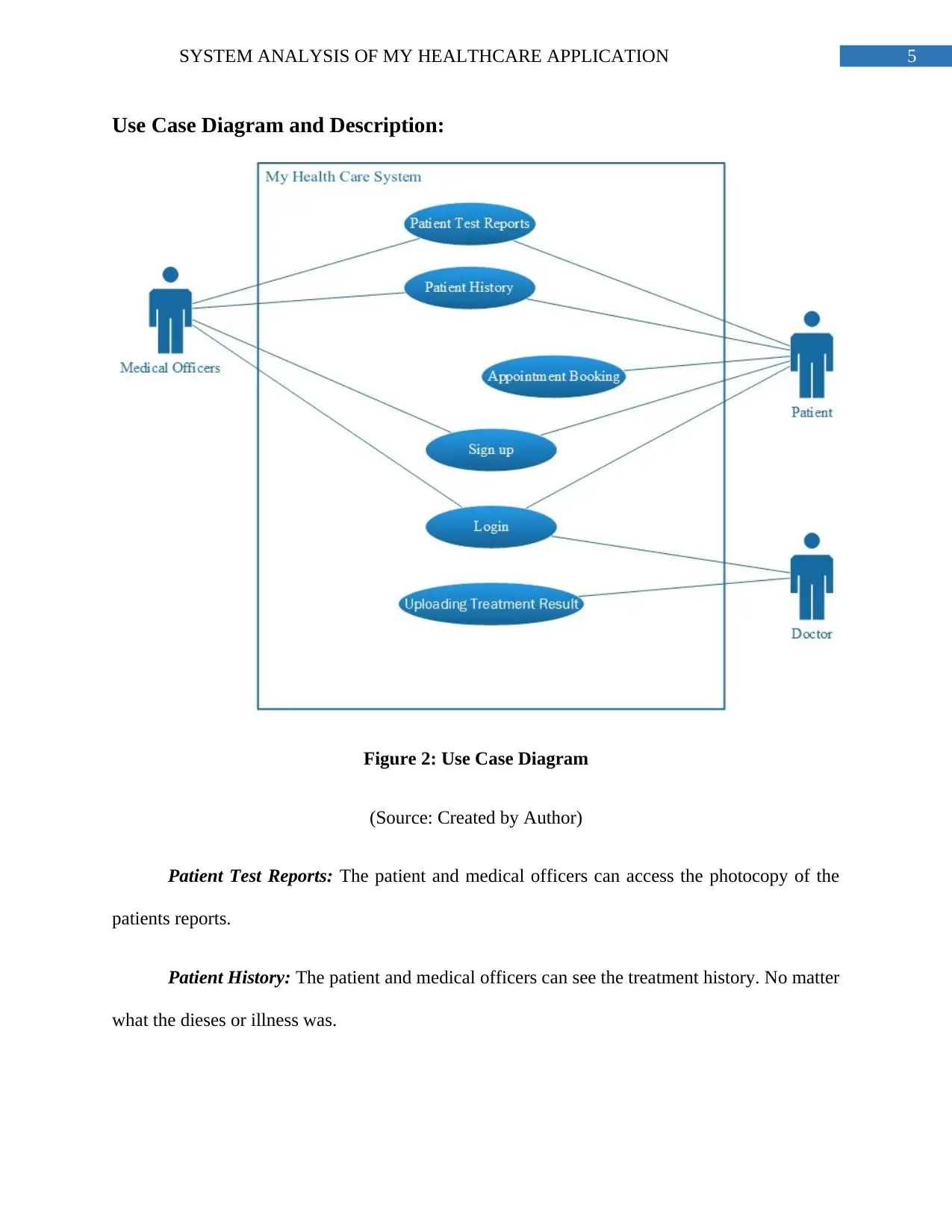
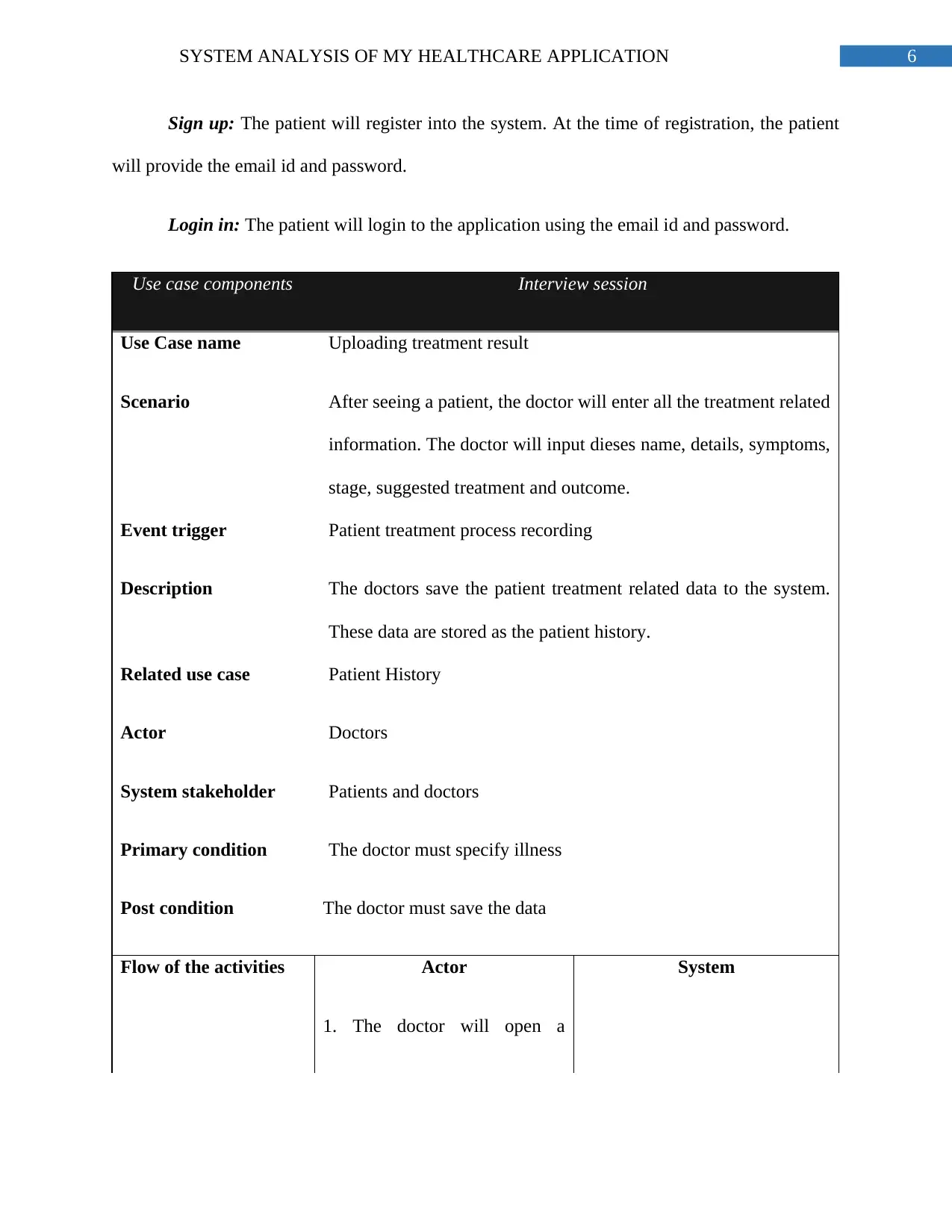
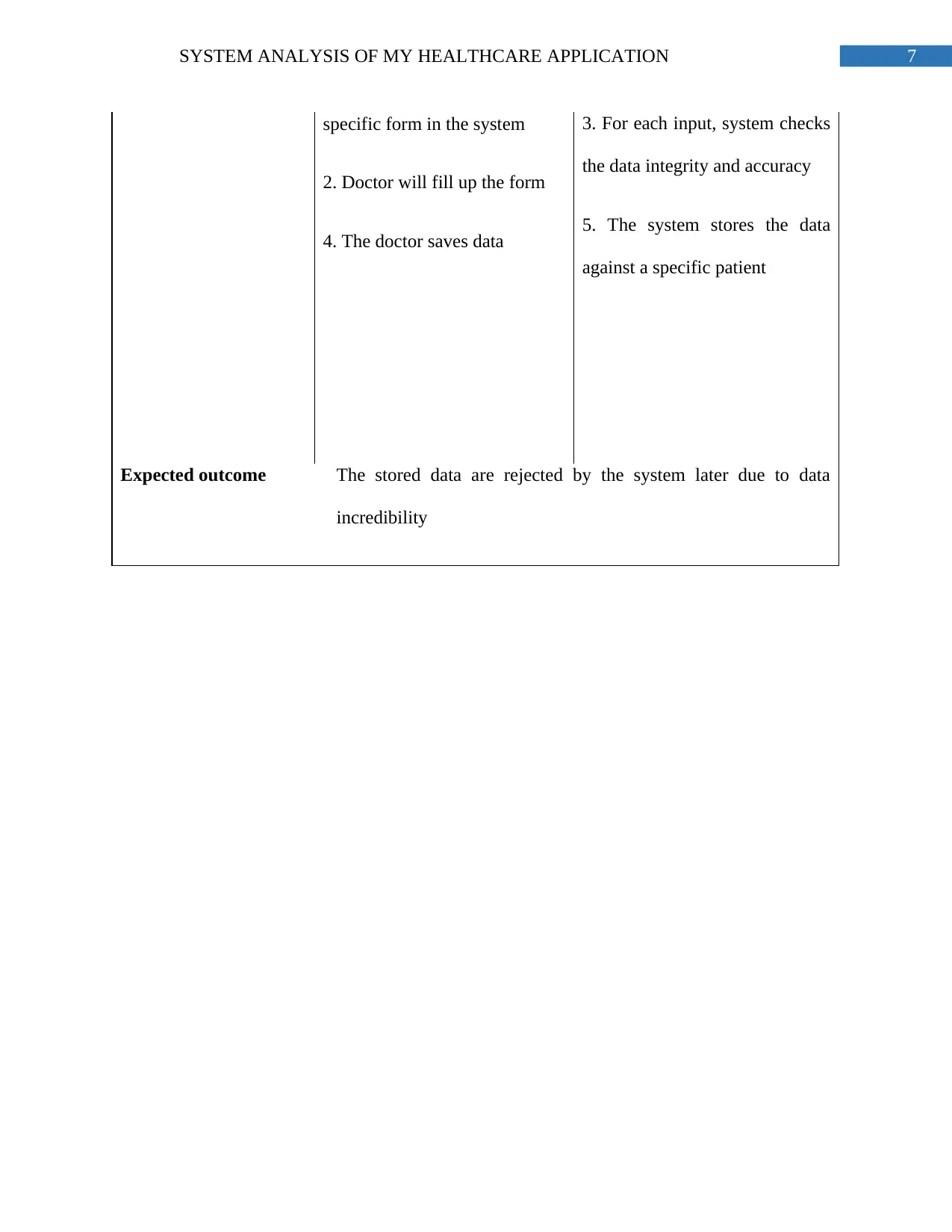
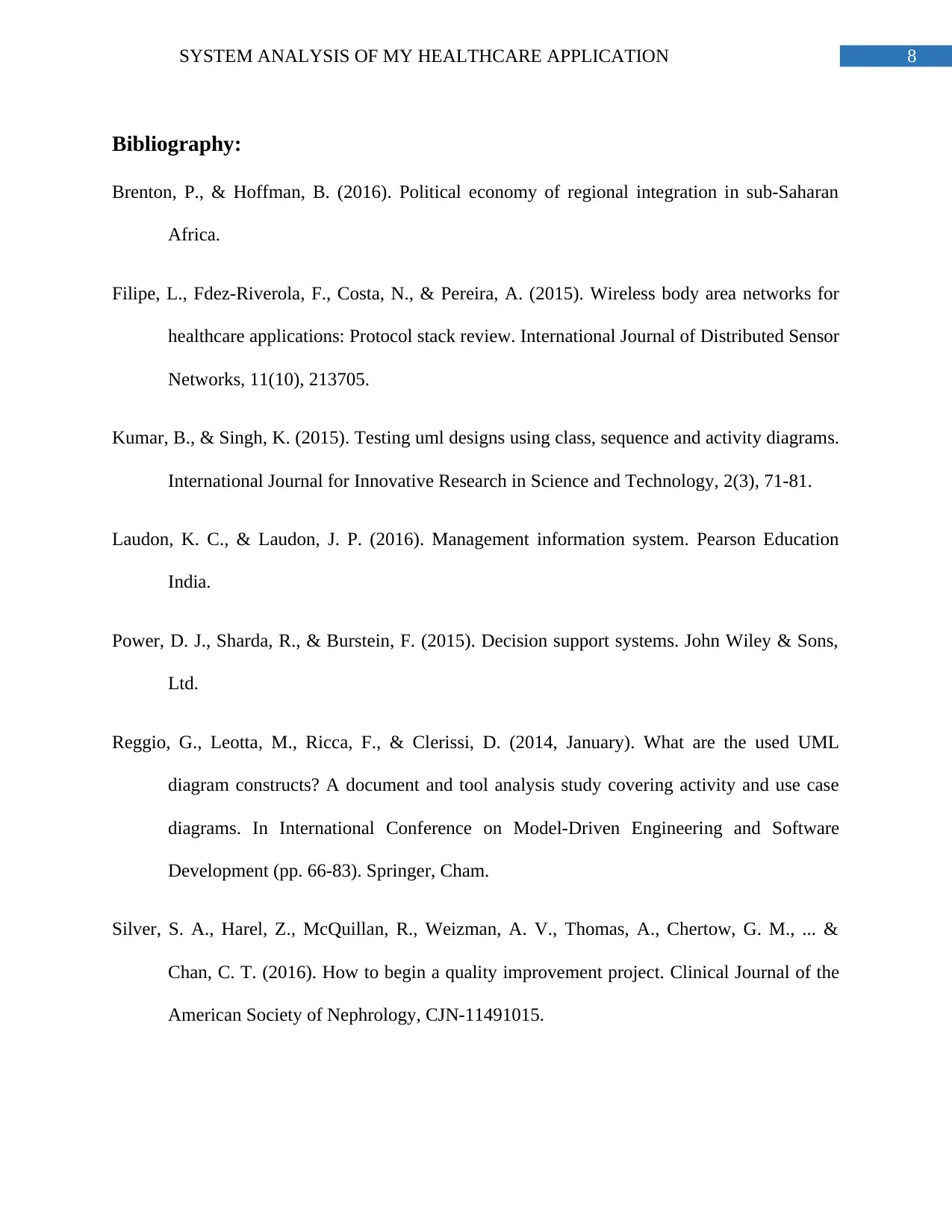






![[object Object]](/_next/static/media/star-bottom.7253800d.svg)